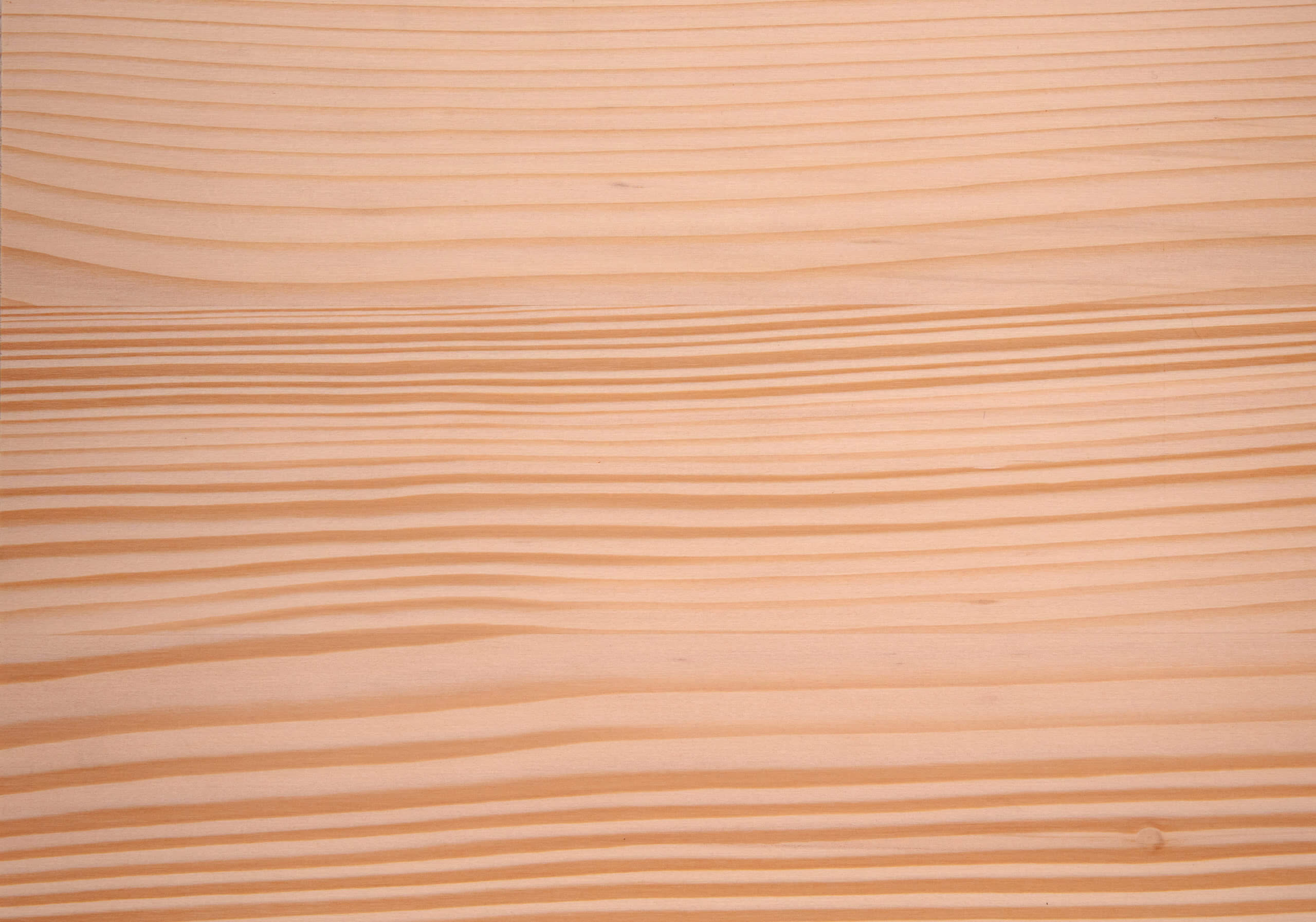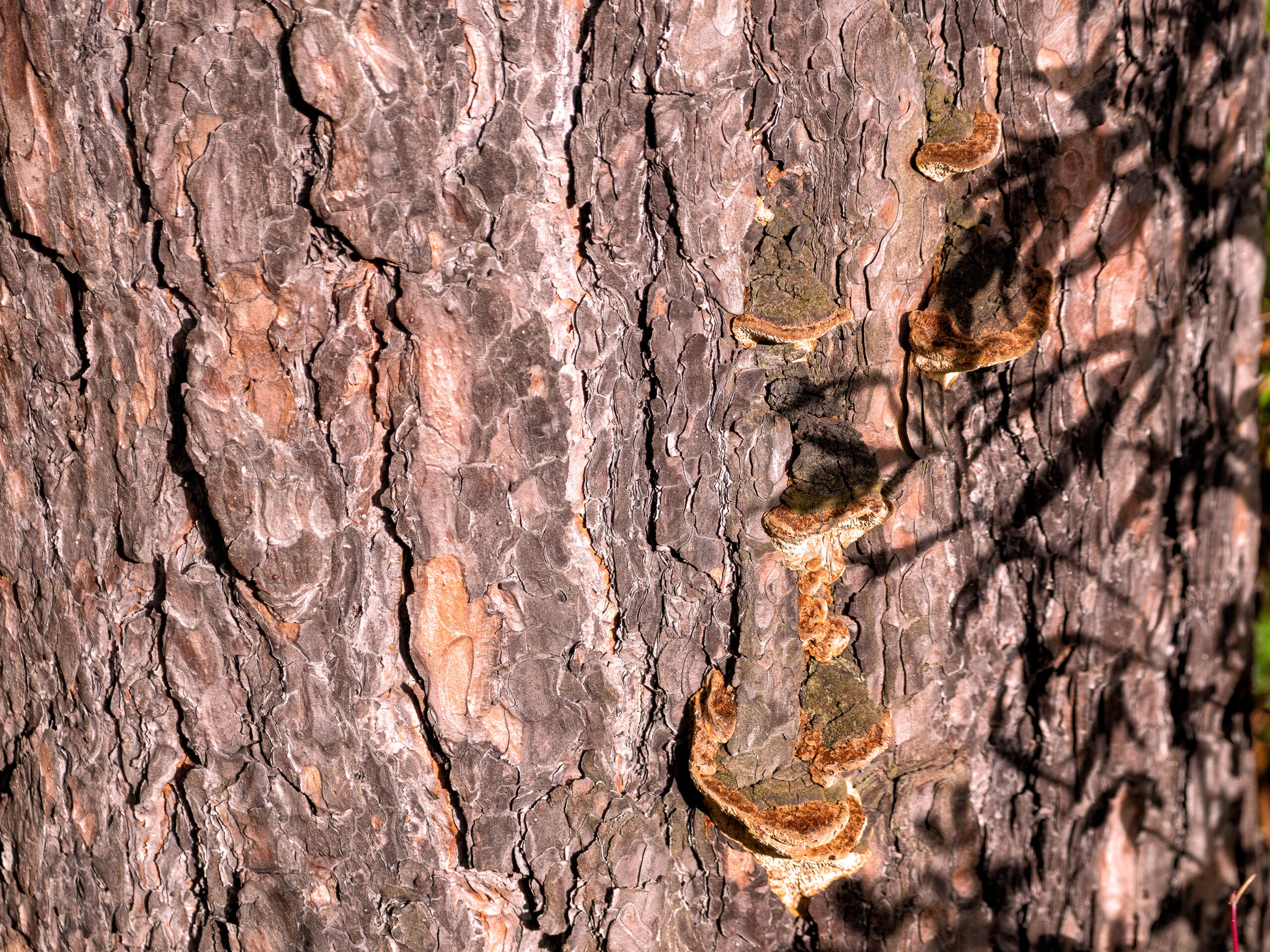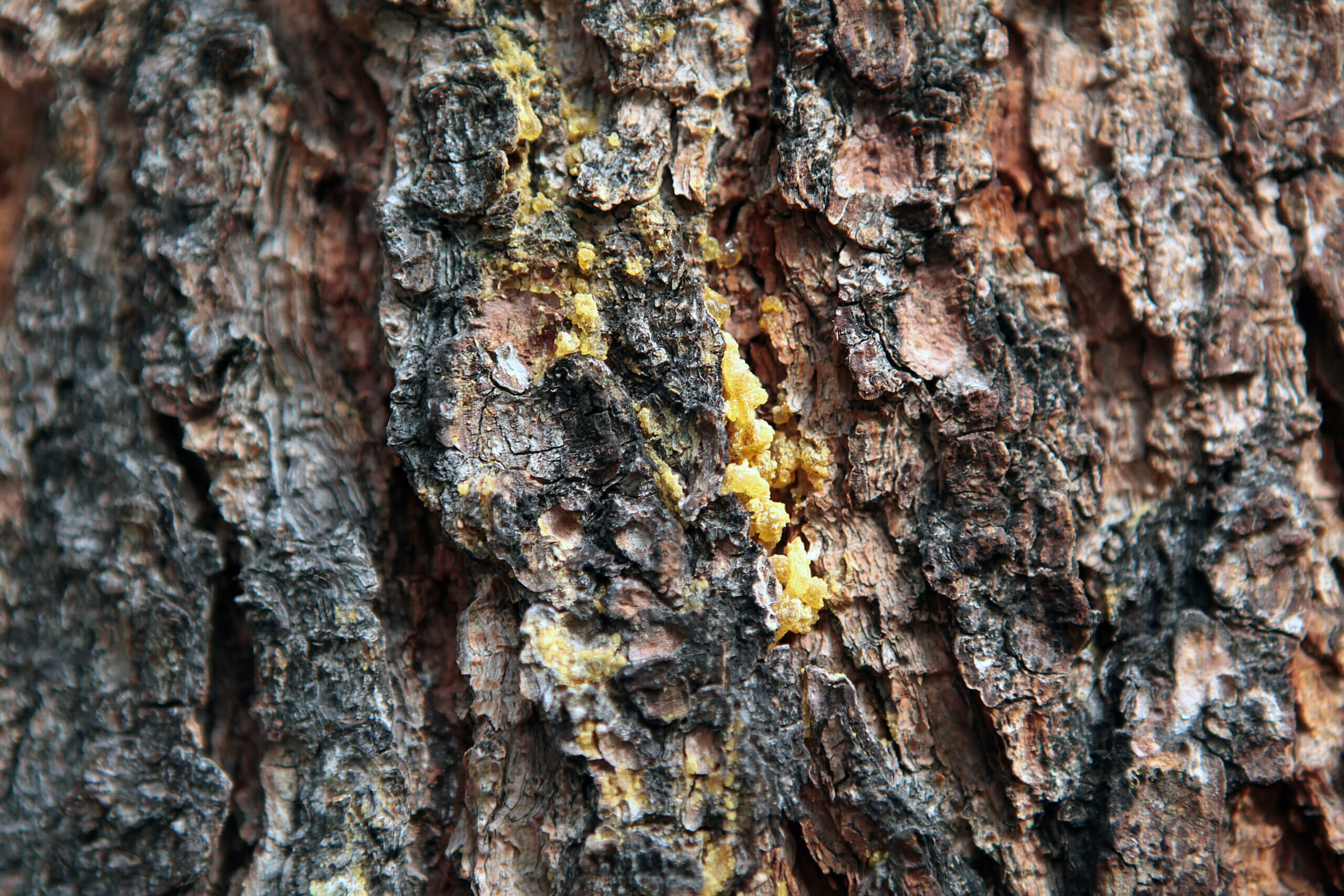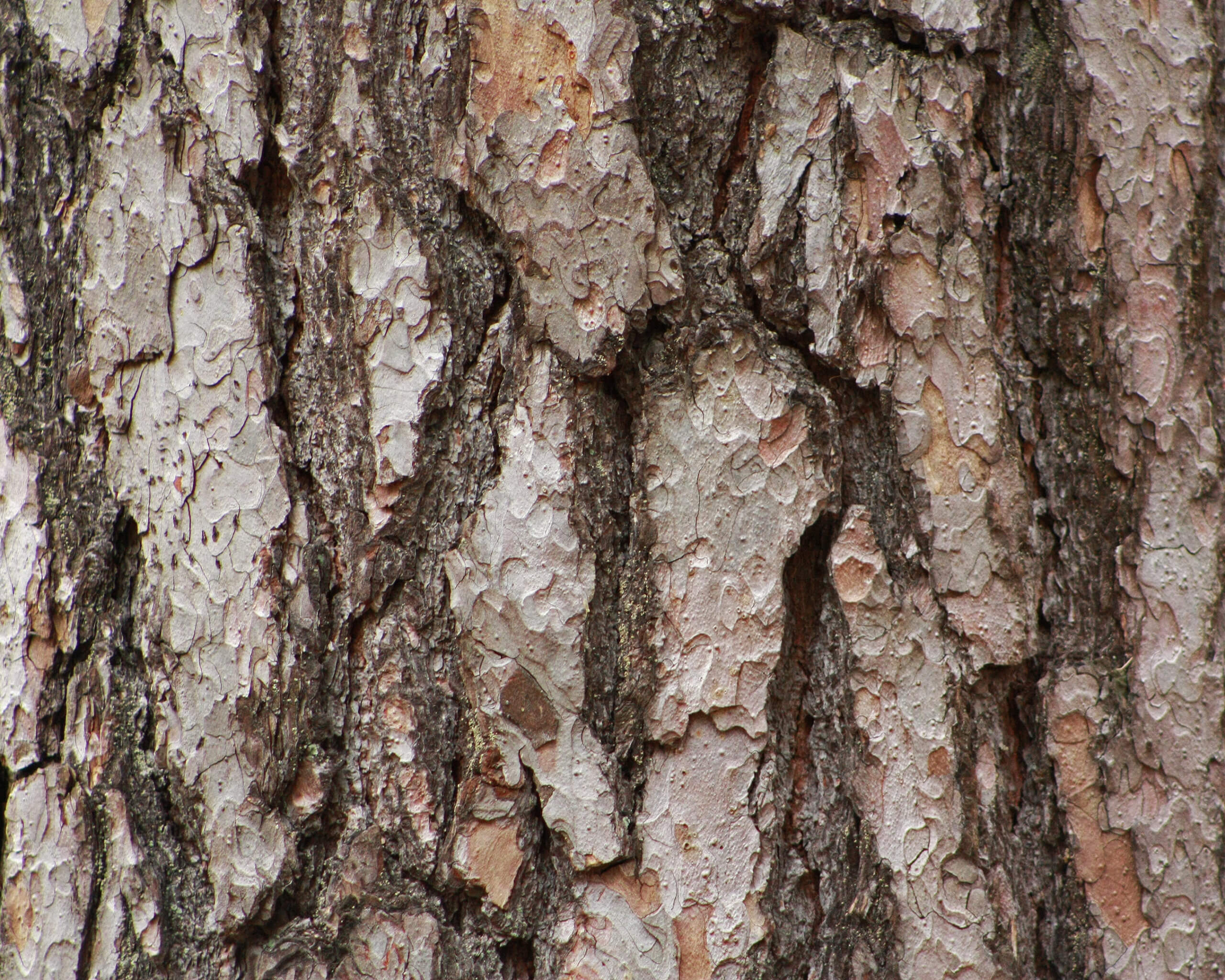Common pine / Scots Pine / Pine
bot. Pinus sylvestris

The generic name “Pinus” is derived from pinum and means a pointed object. In the case of the pine, this refers to its pointed needles. The pine is very variable in its growth habit. It is a pioneer tree species and adapts to its local conditions. At lower altitudes with little snow, it is often rather broad-crowned, crooked-stemmed and coarse. At higher altitudes and in snowy areas, it tends to grow with narrow crowns, straight shafts and fine branches. The Scots pine can grow up to 35 m tall and reach an age of over 500 years.
Comments
Heartwood fairly durable, sapwood susceptible to fungus and insects. Sensitive to blue stain.
Hardness grade
13 - 24 Brinell
Color
Light yellow or reddish white sapwood with reddish brown heartwood.
Color change
Darkens strongly.
Compared to spruce and fir, Scots pine is denser, somewhat harder and features distinctive annual ring structures. Its main use is in the manufacture of door and window frames, furniture, flooring and shipbuilding.
Origin
- Widespread throughout Europe, Siberia and Asia Minor.
- Can be found both at low and high altitudes, often in mixed forests, in locations with warm winds and on south-facing slopes.
- Because of its deep roots, the tree is very adaptable.
Wood character
- Sapwood light yellow or reddish white, partly very broad; heartwood reddish brown, with mandatory colour core, strongly darkening.
- Gradual to distinct transition from early wood to late wood.
- Resin canals in early and late wood numerous and clearly visible (light), dark in longitudinal section.
- Wood surface matt, wood with slight balsamic odour (aromatic resin).
Use
- Production of pencils.
- Structural timber for substructures.
- General cabinetry.
Characteristics
Weight: 510 KG/M³
Weight (Average bulk density air dry, ᵨ 12...15)
Average hardness: 19 N/MM²
Average hardness according to Brinell (radial)
Stability: mittel bis gut
Dimensional and form stability
Durability: wenig dauerhaft bis mäßig dauerhaft
Natural durability according to DIN-EN 350-2




